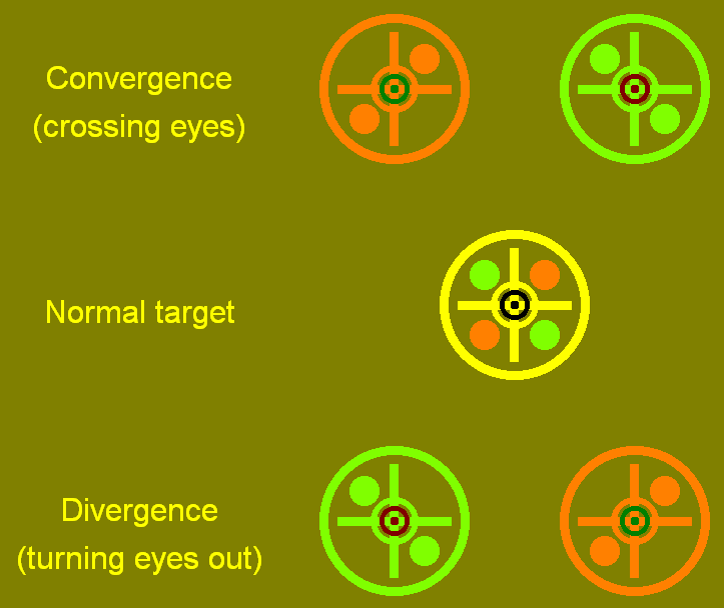Using Computer-based Eye Tracking to Measure Binocular Fusion
Eye trackers and 3D display technologies are now widely available and economical, but are they useful in the clinic? These devices have potential uses in automated assessments of binocular eye movements and for vision training, but we need to ensure that they produce measurements to clinical standards.
This pilot study will investigate the use of computer-based eye tracking for measuring motor fusion reserves, or how well we can track targets at different depths with the two eyes together. We will test adults with normal vision on a range of clinical and computer-based binocular eye movement tests, and compare the results to examine the accuracy of the eye tracker. We will also collect feedback on the ease of use of the eye tracking system.

